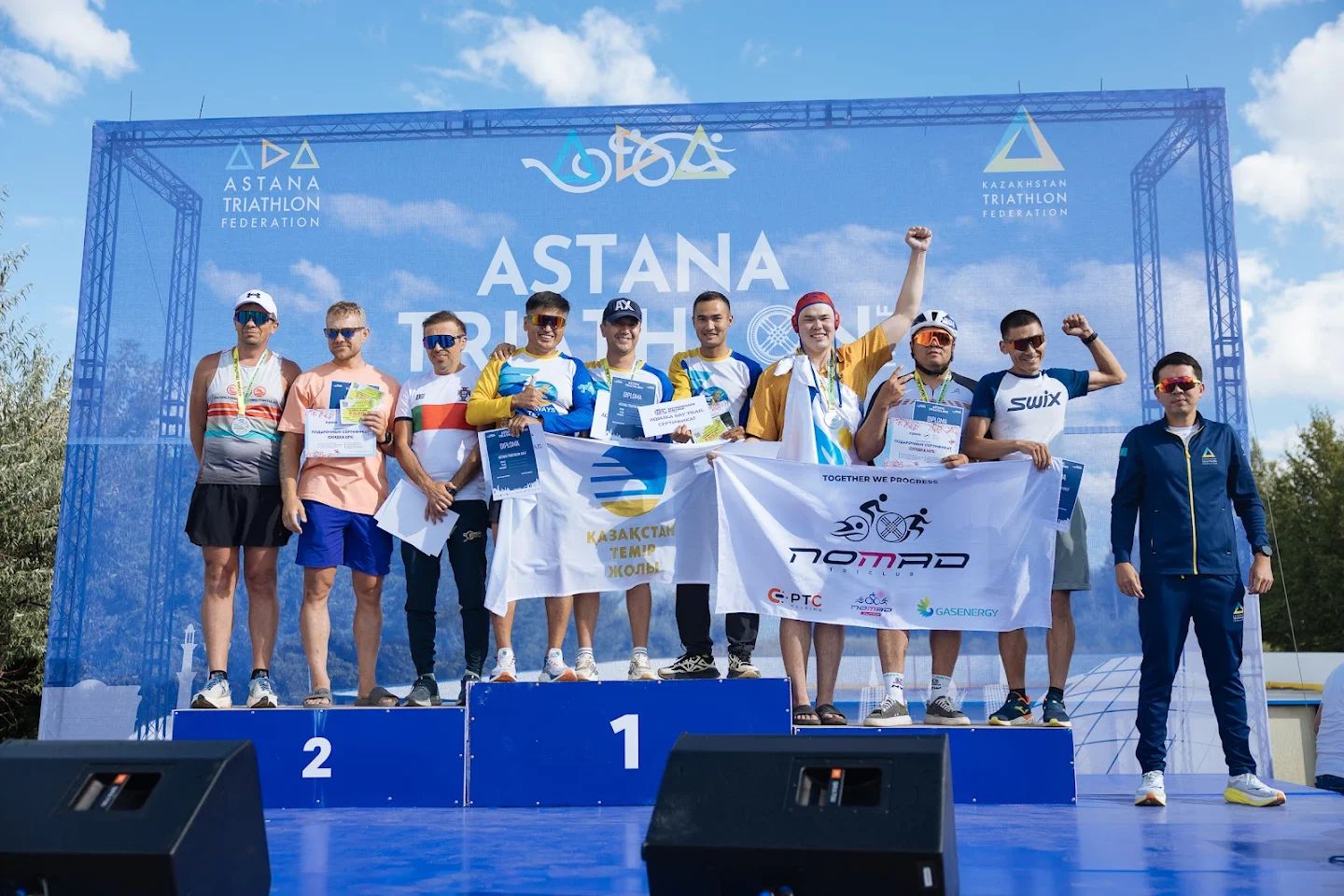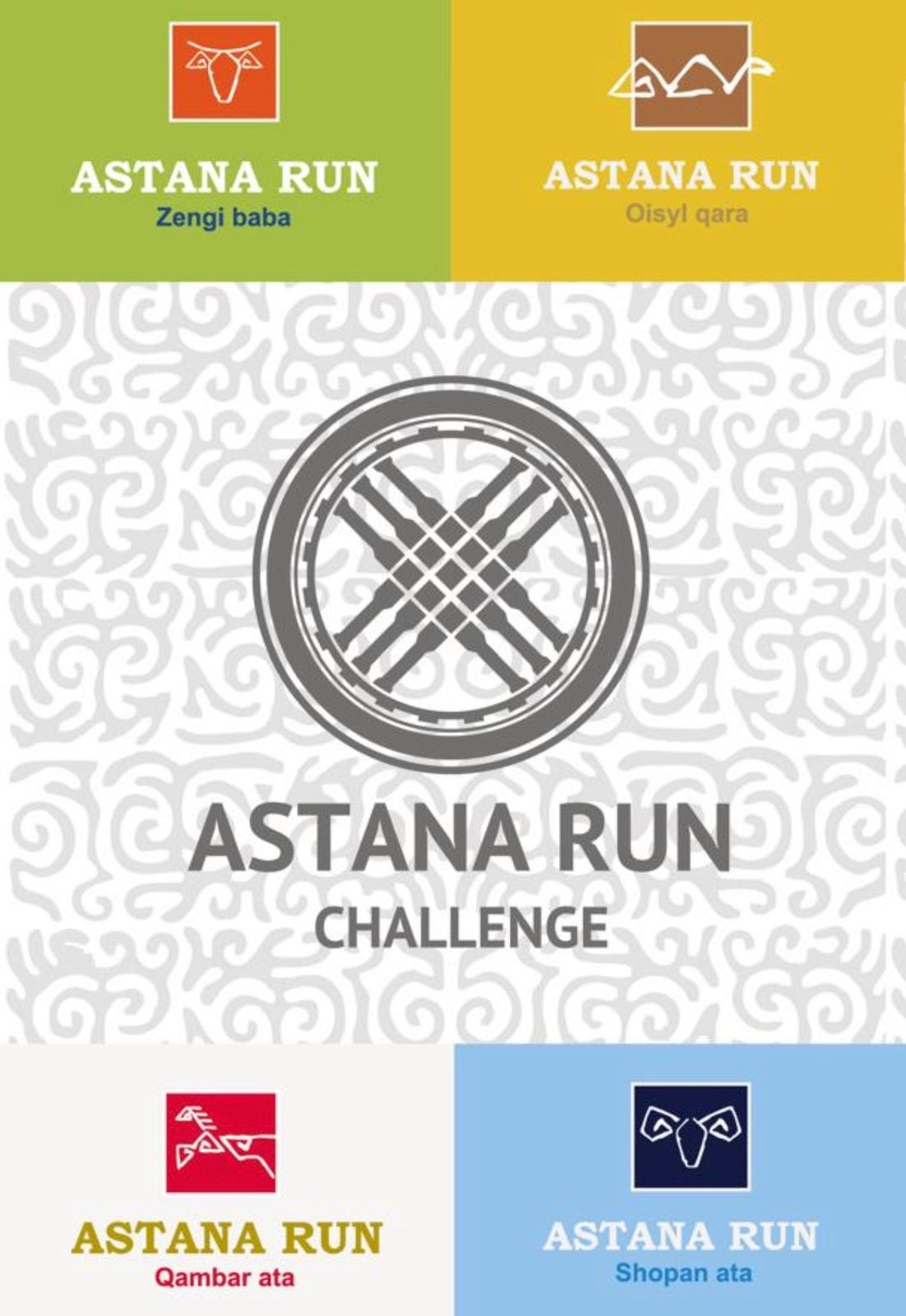FORMS AND RULES OF TRIATHLON
Triathlon is a multisport race involving the completion of three continuous and sequential disciplines: swimming, cycling and running.
The concept of modern triathlon has its start in France at the beginning of XX century. French newspaper L´Auto reported on a competition called "Les Trois Sports" with a 3 km run, 12 km bike, and a swim across the channel Marne. Those three parts were done without any break. As time went on, the distance was getting higher.
Nowadays the most popular form of triathlon, included in the Olympic program, involves swimming, cycling and running segments. At the beginning of triathlon development as a separate sport, the swimming was a finishing segment. Athletes tired from cycling and running were supposed to have a rest in water. But with the increase in the number of athletes taking part in competitions, the number of hazardous events had also greatly increased. Having tired after running and cycling, the athletes suffered from muscle cramps. It was therefore agreed to change the sequence and put the swimming first.
In general, there are a lot of forms of triathlon. The most famous competitions are held under the authority of the International Triathlon Union (ITU) and World Triathlon Corporation (WTC).
International Triathlon Union (ITU) was founded in 1989 as the international governing body of triathlon competitions. At the first congress, they confirmed the length of triathlon distance, called Olympic. Main ITU race formats:
ITU Super Sprint: swimming — 300m, biking — 8km and running— 2km;
ITU Sprint: swimming — 750 m, biking — 20km and running— 5 km;
ITU Olympic: swimming — 1500 m, biking — 40 km and running — 10km;
ITU Long Distance (Double or Triple Olympic Distance): swimming — 3-4 km, biking — 80-120 km and running — 20-30 km
World Triathlon Corporation (WTC) is a private company that sanctions and organizes the Ironman, Ironman 70.3 races, and 5150 Triathlon Series. WTC is an owner of brands related to Ironman. Main WTC race formats:
5150 WTC Series: swimming — 1500 m, biking — 40 km (drafting illegal) and running — 10 km
WTC 70.3 or Half-Ironman: swimming — 1,93 km, biking — 90 km and running — 21 km
WTC Triathlon Ironman: swimming — 3,86 km, biking — 180 km and marathon— 42,195 km
Race disciplines
Swimming:
Competitions start from swimming. A massive start is carried out from the coast, ponton or in water (long distance). In case of cold water (according to IRONMAN rules no more 24.5°С), athletes are allowed to use wetsuits which do not exceed the 5 mm thickness limit. Generally, the swim course is a triangle labeled by buoys and ropes. For any reduction of the swim length, athletes get penalties and can be disqualified. The athletes are allowed to use any swim strokes, mostly it is the crawl.
Bicycle racing
After exiting the water the athletes get changed in the transition area, mount a bike and start the race. There are feeding stations on the route, but technical aid for professionals is forbidden. In the sprint, the athletes use racing bikes for road races. In IRONMAN the professionals prefer the bikes for time trial races. According to the ITU Rules, the racing bikes may have mounted onto the handlebar. Clip-on must not exceed the foremost line of the brake levers. Clip-on must have a solid factory bridge or be touching each other. Long clip-on used in individual races are not allowed. There is no advantage of using a clip-on in the sprint because the athletes can improve aerodynamics by following the leader. In the Olympic distance the leading is legal, i.e. the athletes may race in groups. In IRONMAN the leading is forbidden, an athlete should keep the distance (10-15 meters) from bike or vehicle ahead, thus, the aerodynamics of a bike is important in this case.
Bicycle racing
After exiting the water the athletes change clothes in the transition area, mount a bike and start the race. Feeding stations are available on the route, but technical aid for professionals is forbidden. In the sprint, the athletes use racing bikes for road races. The professionals prefer the bikes for time trial races in IRONMAN. According to the ITU Rules, the racing bikes may have clipped-on aerobars onto the handlebar. Aerobars must not exceed the foremost line of the brake levers. Aerobar must have a solid factory bridge or be touching each other. Long aerobars used in individual races are not allowed. There is no advantage of using aerobars in the sprint because the athletes can improve aerodynamics by following the leader. In the Olympic distance the leading is legal, i.e. the athletes may race in groups. In IRONMAN the leading is forbidden, an athlete should keep the distance (10-15 meters) from bike or vehicle ahead, thus, the aerodynamics of a bike is important in this case.
Running
The main rule is that an athlete should move on legs.
Transition area
Following the order of transition is strictly regulated (swim -> bike -> run). Athletes are not allowed to block other participants (when preparing the bikes or getting dressed). They may move bikes only in a designated area, just before and after the race.
All athletes must have their helmet securely fastened before the start of the biking, until after they have placed their bike on the rack after the finish of the biking. According to the international standards, nudity during getting changed is forbidden. Official race numbers must be visible on the back during the bike segment and on the front during the run segment. An athlete should meet the timelines for covering each segment.
Penalties
During the competitions, the athletes are not allowed to interfere with each other. An athlete is punished with a time penalty for 30 seconds in case if he or she breaks the rules. If it occurs during the bike or run segment an athlete is given a yellow card. An athlete should stop and wait for permission to continue the race. In case of violation, an athlete may be disqualified after receiving a red card. Two yellow cards in the same segment turn into a red card and therefore an athlete is disqualified.
Triathlon is getting popular nowadays including thousands of competitions held annually with the participation of hundreds thousand athletes. What does motivate people to do this type of sports? Someone strives for physical perfectness, others want to make their everyday life more exciting, and there can be thousands of reasons. The best way to know what you will gain from triathlon is to start doing it.
Chrissie Wellington, Ironman World Champion, noted in her book: «What puts Ironman on a pedestal is inward nature of competition with an elusive and uncompromising enemy: the race. Human nature, its best and worst, open visibly and to the full extent. Ironman picks everything onto the surface. To finish means to win. People are throwing up on the roadside; they lose control over their body, lapse into delirium trying to get the finish line, although there is a mile to the line. Participants feel strong emotions that force them to indulge into self-analysis, physically and mentally. And then you feel euphoria and relief that you crossed the finish line. «Inspiration» is the only word that can describe it feeling you never get by playing cricket or football”.


